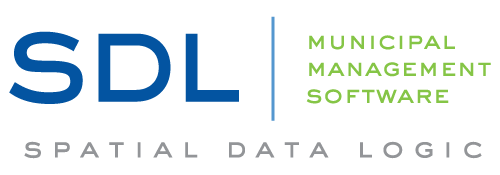Breaking Down Silos: 4 Strategies for Increasing Interdepartmental Communication
Did you miss our webinar? As citizen expectations for online services increase, we’ve seen managers and department heads look for dynamic ways to digitize services across multiple departments. So, we sat down with Ryan Thieke, CSM and local government software expert, to explore his four strategies for increasing interdepartmental communication in local government offices.
1. Consolidate Software Vendors
Ryan’s first strategy involves consolidating software vendors. Using multiple vendors for different departmental functions can lead to IT headaches, oversight issues, and administrative burdens. Local governments can eliminate the need to manage multiple logins, passwords, and customer service channels by bringing all departments onto a single, flexible software platform. A unified platform allows smoother workflows, prior approvals, and notifications, significantly enhancing collaboration between departments.
2. Digitize Cross-Departmental Processes
Once a consolidated platform is in place, digitizing cross-departmental processes is next. Building digital workflows can transform manual tasks into efficient online processes. For example, a resident’s complaint can be submitted online through a form, automatically initiating a work order process for the appropriate department. This saves time and ensures that all stakeholders involved are informed and can track the progress of the request in real-time. Such digitization reduces manual errors and streamlines interdepartmental communication.
3. Track Progress Online
With digitized processes, tracking progress online becomes straightforward. Software is essential for monitoring request statuses, gathering metrics, and identifying bottlenecks. This approach helps in breaking down silos by allowing all departments to see the status of various tasks without relying on outdated methods like spreadsheets or Post-it notes. The ability to self-serve for progress updates fosters better communication and reduces the time spent on follow-ups.
4. Increase Resident Satisfaction
The final strategy focuses on increasing resident satisfaction by improving communication with citizens. Citizen portals allow residents to submit and track the status of their requests online. This transparency reduces the need for residents to call the office for updates, thus decreasing the workload for government employees. Including residents in the communication loop ensures they are informed and satisfied with the service, ultimately fostering a more engaged and happier community.
How SDL Connect Can Help
Are you looking to get your departments online? Click below to schedule a free 15-minute consultation with one of our software experts to learn more about how you can simplify your software ecosystem and break down silos in your office.

